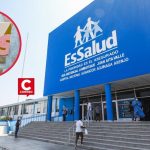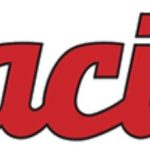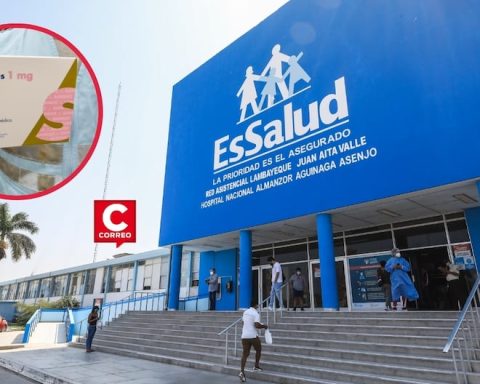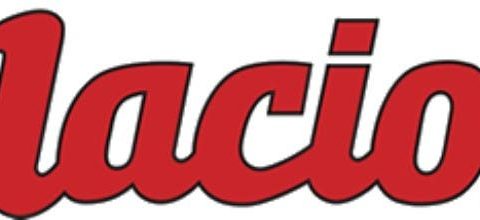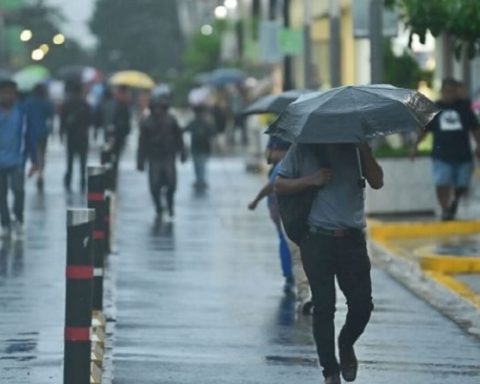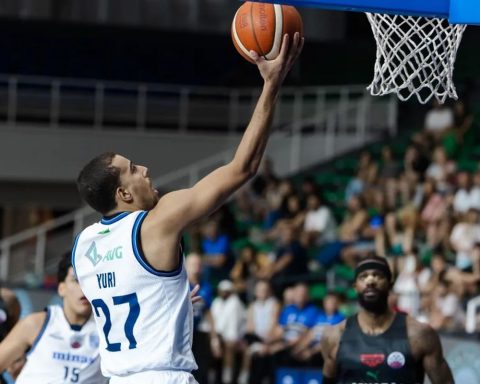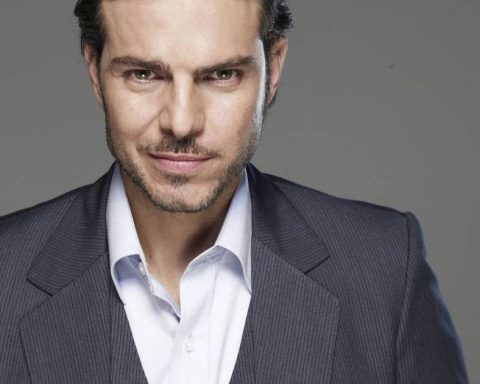There are already more than a hundred hands delivered, mostly to children, who saw their lives change. That, thanks to a bionic hand made based on 3D printing –with funny shapes–, they have managed to use that limb that they lack for different reasons. A new world for them.
The Manos de Héroes Foundation was born in March 2020 at the initiative of Andrea Cukerman (33), an electrical engineer who, during the pregnancy of her second child, wanted to “return” to her vocation in some way. “What I felt was my calling,” she said. That is, “how to use engineering to really impact the life of another person.”
“I had heard about 3D printing that was working in other countries, in the assembly of hands and arms. In Uruguay nobody was doing it, and I started to see if we could do it here,” Cukerman continued. And so, in the first year they made 30 and in these three years that the proposal has been going on there have been more than a hundred. All free and throughout the country.

A life changer for them.
One of these hands can cost between US$20 to US$50,000 abroad, depending on the size and level of technology. To deliver them free of charge in Uruguay, they rely on collaborators and sponsors, and on different companies. “We have 30 pending hands and we need people’s collaboration. We support ourselves only in private collaboration ”, he assured.
Manos de Héroes presents two types of hands: some that are mechanical and that are coupled with the hand and arm, with the wrist and elbow joint; and the electronic ones, those that use a muscle that is contracted or through a button that is pressed with your other hand, and the hand can open and close. There are several models of hands depending on where the amputation takes place: there are some children who were born without their fingers, others without their entire hand, others without an arm; or those who had to be amputated because they suffered from a disease.
“These are things that we have learned and gained experience and confidence as people contact us and ask us for different types of help,” Cukerman resumed. “At first, we only did hands, and then we started doing whole arms. Each person who contacts us is a new challenge that involves hours of designing, printing, and that we do it because we want to help them and because we know what a hero’s hand really impacts,” he added.
It is an “emotional shock” that goes beyond giving them “confidence” and security, beyond the functional use of a part of the body that was not there before. “The purpose of the foundation runs through the emotional side, which is to help that child who was bullied at school, who felt ashamed because he was born different, now feels proud of his difference. That is the purpose of the foundation, for the child to go back to school and for all the other friends who see the hand of Spider-Man or the hand of Peñarol or Nacional to say, this is impressive, I want one too,” he emphasized. the founder of Manos de Héroes.

The Manos de Héroes Foundation was born three years ago.
It is, therefore, about “changing the perspective” of disability: what used to be embarrassing now generates pride. The hands most requested by the boys? Those of soccer: from Peñarol, Nacional or Uruguay.
Each piece is printed with a 3D printer, which works with a filament called PLA. Everything starts from the drawing of a computer, from an original design where it can be modified and adapted to the person. “There what we do is send it to print just as one can send a Word document to a conventional printer to print,” explained Cukerman.
And he elaborated on the matter: “These machines work in a similar way. You work on the computer, you make a drawing, a design and then you materialize it by sending it to print. What it does is that it moves in three dimensions, as if you were drawing in the air. It begins to generate what you told it to generate on the computer”.

Heroes Hands.
Another of the main functions of the foundation is to explain this technology in schools and educational institutions. They take the 3D printer, show it to the children and talk to them about how important it is to study in order to help others, and how important science is in everyday life. “We motivate the boys to continue studying and to empathize with someone else who might have been teased before and didn’t realize how he really felt. The importance of the foundation is not to ‘only’ make hands, but also to provide meetings with schools to explain this 3D technology, and how studying can change a person’s life”, according to Cukerman.
“This has several purposes, not only the motor science but also the social part of raising awareness,” he argued. “Because one can do the greatest experiment in the world but if later the child or the person can’t use it because they feel bad, it doesn’t work. Everything goes through the emotional. So much so that a father contacted me because he wanted his son to go back to high school because they were bullying him and he didn’t want to study anymore. He told me please to see if we could give him a hand. We did it to him and he went back to studying. We feel that the boy was now able to finish high school because he has a hero’s hand ”.
In turn, Cukerman wanted to thank the “support” of Sinergia, whose space he uses to carry out the foundation: “When I started this project, my husband told me: ‘you do things well and the doors will open for you.’ And Sinergia opened a huge door for us that allowed us to have a workplace to be able to give our hands to the children. We have on a wall the photos of the hundred people who have received hands. It is also a place where we can have 3D printers running. It is about going a little beyond the limits, not staying with what one knows and betting, and that is what we and those who collaborate with us do”.






